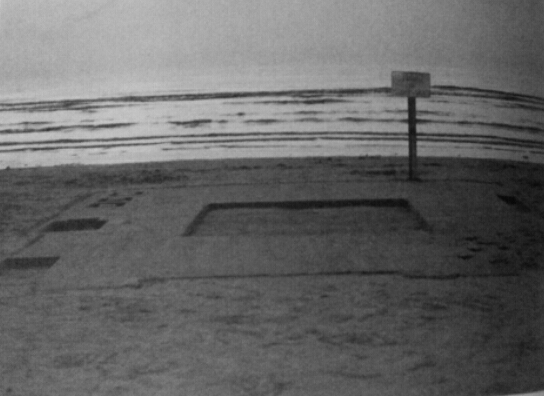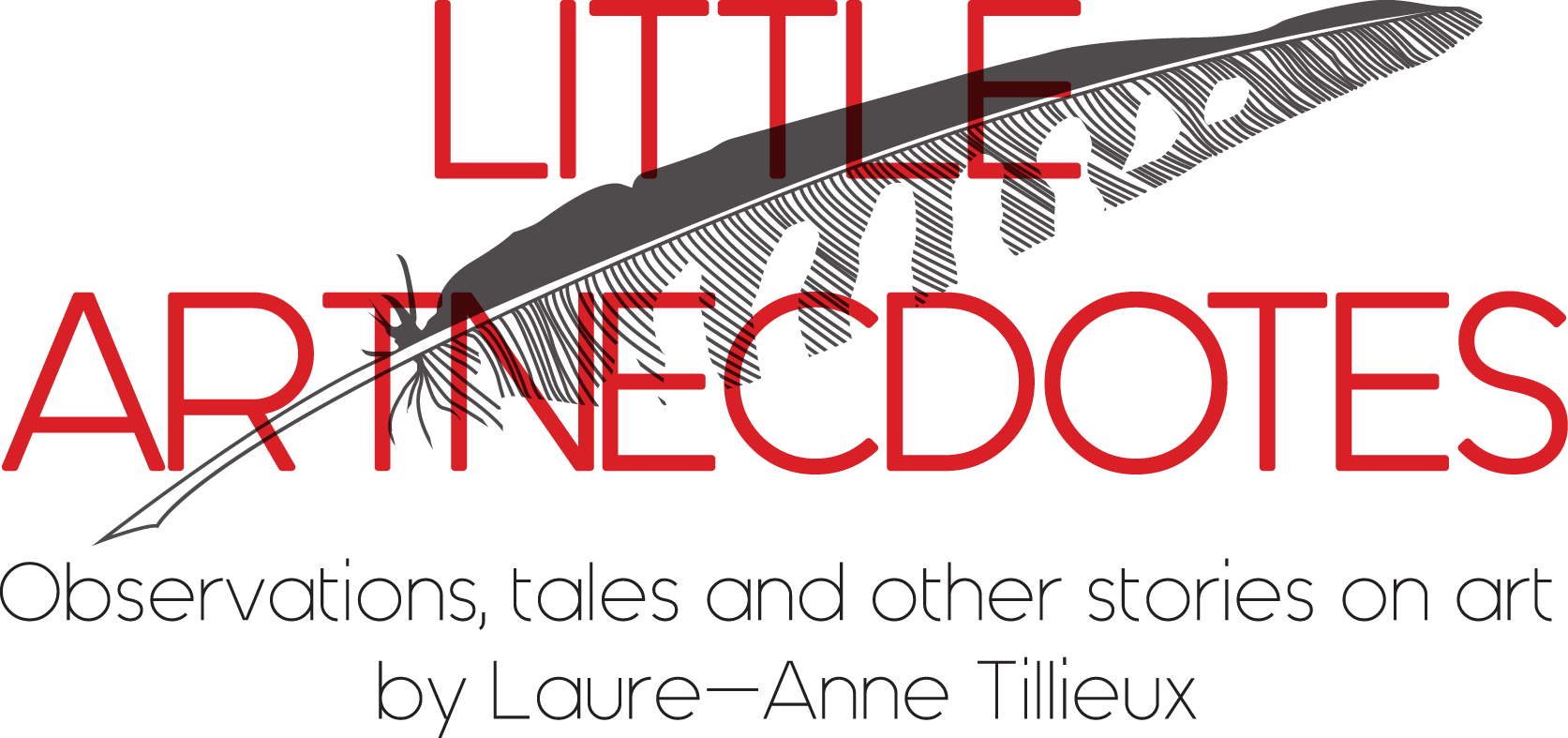Musée d’Art Moderne, Département des Aigles, Section Documentaire
‘The Musée is born initially out ofdissent, a dissent of the notion of the museum as it is applied everywhere, but like many things in art that arise from a simple idea, this thing becomes obviously another. I finally asked another question: that of the nature of the work, that of the public.’
With this statement Marcel Broodthaers (1924-1976) reflected on his famous four-year project, the fictional museum Musée d’Art Moderne, Département des Aigles (1968-1974). Initially studying chemistry Broodthaers quickly followed his passion, poetry. After a not very succesful career as a poet he abandoned his vocation and entered in 1964 the domain of art, inspired by René Magritte, Marcel Duchamp, Charles Baudelaire and Stéphane Mallarmé. With his background in poetry he continued to rely on language and employed in art the same system of references and associations. He made use of the most diverse materials resulting in bizarre assemblages, texts, photographs, films and installations. He was influenced by the absurd attitude of Dadaism and Surrealism. Also, pop art and conceptual art were not unfamiliar to him.
Known as one of the first practitioners connected to institutional critique, Broodthaers criticized mainly the traditional context in which art was presented and the false values given to a work of art. He took the museum-as-frame-of-art and put it within the frame of his art, making the deconstruction of the museum his subject and content. His project Musée d’Art Moderne, Département des Aigles with its twelve sections was the great representative of his critique. Broodthaers proposed a fictional museum, a proxy museum that would operate in the place of an actual museum.
It combined a bureaucracy, exhibition, exhibition space, and museums conventions. The different aspects of this fictional museum touched upon important issues and claims about the art work, but most importantly about the traditional art museum and its art world power structure.
In this realm the section Section Documentaire (1969) is perhaps the most progressive, excessive and ephemeral of all sections. Broodthaers took his critique literally by realising this section on the beach of the coastal municipality of De Haan, at the Belgian coast. No true physical structure of a museum was visible, lines in the sand met to clarify the basic elements of a building. The Section Documentaire appeared as series of handwrittten signs with “Défense absolue de toucher aux objets” (transl.: “strictly forbidden to touch the objects”) and “Musée/Museum” in the sand. Only a photograph documented this ephemeral act,which would eventually slowly disappear by wind and water. A completely depopulated view of the sea and the beach illustrated the surroundings, no public was witness of the moment. This sandy ‘museum’ drawing was the absolute deconstruction of what the museum represented. Broodthaers mocked the very concept of this institutionalised idea and structure, whether objects would have been present or not. The borders of his critique seemed limitless, what better place for his ‘section’ with the endless sea on his side.

Musée d’Art Moderne. Département des Aigles, Section Documentaire 1969. Courtesy The Estate of Marcel Broodthaers
